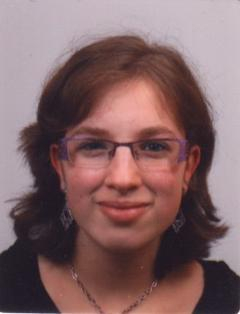Nielke Kapteijns
- Course
- Museology
- Class
- 2015
An Interactive Experience
Implementing Elements of Exploration in Object-Orientated Art Museums Through Comparison with Science Centres
This thesis examines the effectiveness of an interactive learning experience as it is often used in science centres and the possibility to create a similar experience in object-orientated art museums. At the Museumkids-website from the Dutch Museum Association children at the average age of 7-12 are often attracted by interactive elements and comment on object-orientated art museums for not having enough ‘do-stuff’.
Museums generally want to communicate a message to their visitors; they want the visitor to learn something. Including other senses than merely the one of sight helps people to put things in perspective and even to remember it better. This means that interactive elements can attribute to the learning process of a museum visitor.
Through interviews I found out that art museums, though somewhat reticent in including interactive elements within the exhibition, are certainly interested in attracting children to their premises. Often art museums organise workshops or even have studios where visitors can use their creativity, but people regularly do not know of these elements. Still, within the exhibitions of object-orientated art museums interactive elements are commonly absent; workshops are given in a separate room.
In science centres visitors are, in a manner of speaking, recreating the process of a scientist through interactive displays or labs. An art museum can similarly use interactive elements to recreate the process of the artist which will help visitors to better understand the final result.
The possibility to implement interactive elements in art museums depends on the goals of the museum and some practical issues, however the parallel mentioned in the last paragraph could help to reduce the distance existing between science centres and art museums.
